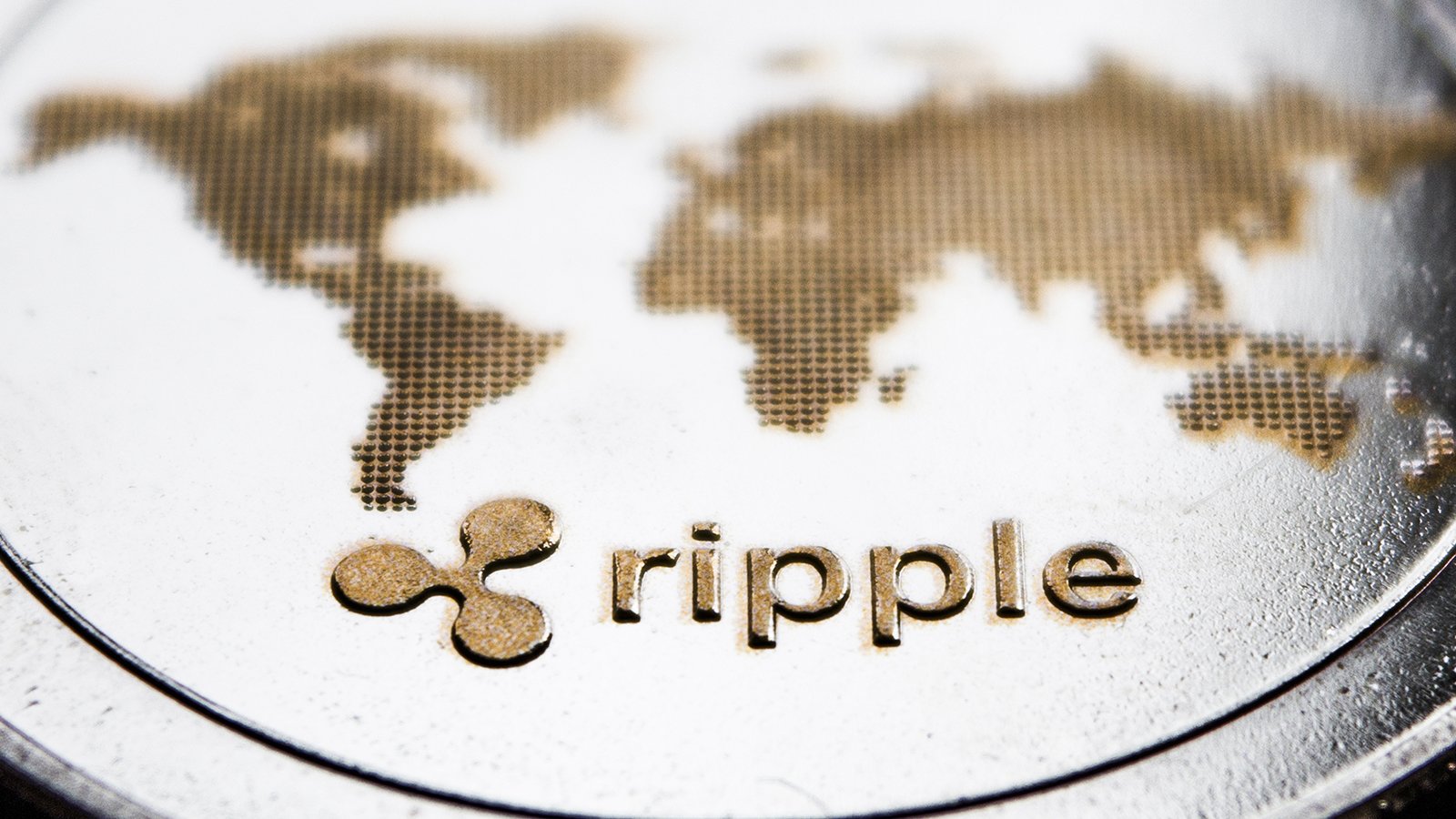
Technically speaking, Ripple (CCC:XRP-USD) is a company while XRP is a currency – but informally, folks often refer to Ripple as a cryptocurrency and lately, it’s been out of favor among traders.
Source: Shutterstock
On May 11, I was bold enough to predict that the XRP bears would go into hibernation. Of course, I was completely wrong about that.
The U.S. Securities and Exchange Commission (SEC) was creating problems for Ripple, and cryptocurrencies were broadly facing greater regulatory scrutiny.
That issue still hasn’t been solved, unfortunately. Still, there are international developments that bode well for XRP investors – and for anyone anticipating a viable alternative to conventional banking.
Analyzing the Ripple Price
In early to mid April, Ripple (informally referring to the currency) was on the move as it shot up from 60 cents to $1.96.
That’s the magic of low-priced cryptocurrencies: they can literally double or triple in a couple of weeks. On the other hand, assets that go up fast can also go down fast.
And so, the XRP bears re-asserted themselves over the following months. After causing the price to wobble wildly, they pushed the price back below the key $1 level in May and June.
As of June 13, Ripple was trading at around 83 cents. The bulls have demonstrated their ability to move the price towards $2, but $1 could be a battle zone for a while.
In the meantime, this could be an ideal entry point for folks who have been waiting on the sidelines. XRP is still highly affordable, and the price correction means that you won’t have to buy at the peak.
Crossing Borders
It’s been said (heck, I’ve said it many times) that Ripple is the “bankers’ cryptocurrency.”
Maybe, though, it should also be called the “cross-border cryptocurrency.”
Sure, you could say that about some other crypto coins. After all, the ability to make payments and send money internationally is a feature that sets cryptocurrency apart generally.
Yet, its speed and cost-efficiency makes Ripple particularly suited to this purpose.
To provide an example of what I’m talking about, let’s take a quick trip to Egypt. Globally, this country is among the top five nations in terms of remittance flows from expat communities.
In other words, many people in Egypt are either sending or receiving funds – probably among family members and friends. Depending on the currency exchange rate, this could be unduly expensive.
Thankfully, Egypt’s largest bank, the National Bank of Egypt (NBE), is offering a blockchain-based solution.
Reportedly, the NBE will work with financial services company LuLu International Exchange in the United Arab Emirates (UAE) to serve the large number of Egyptians working in the UAE.
Across the World
With this, the NBE will effectively leverage blockchain technology from Ripple to create a transactional corridor between Egypt and the UAE.
Egypt’s remittance market is huge, as the country received $24 billion in 2020 alone, according to Ripple. So, this initiative has the potential to be a major win-win for all stakeholders.
And, it’s not only happening in Egypt and the UAE.
Just recently, Oman’s second-largest bank, BankDhofar, joined the RippleNet payments network. This will enable BankDhofar to connect with India-based IndusInd Bank for real-time mobile payments.
Again, there’s a vast addressable market here as India is the world’s largest receiver of remittances, according to Ripple.
Abu Baker Karim Al Balushi, BankDhofar’s head of digital banking, hinted at the possibility of globalizing this service.
“We look forward to activating the service to other countries across the world,” he said.
The Bottom Line
Surely, it’s not a coincidence that large international banks are choosing the Ripple network for cross-border payments.
It’s because XRP is tailor-made for this purpose, plain and simple.
And while the token’s price has fallen from its peak, investors can take a position and anticipate a comeback, sooner or later.
On the date of publication, David Moadel did not have (either directly or indirectly) any positions in the securities mentioned in this article. The opinions expressed in this article are those of the writer, subject to the InvestorPlace.com Publishing Guidelines.
